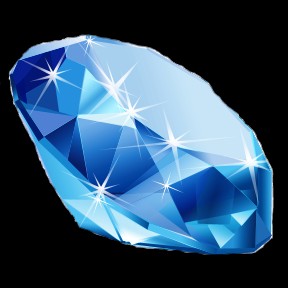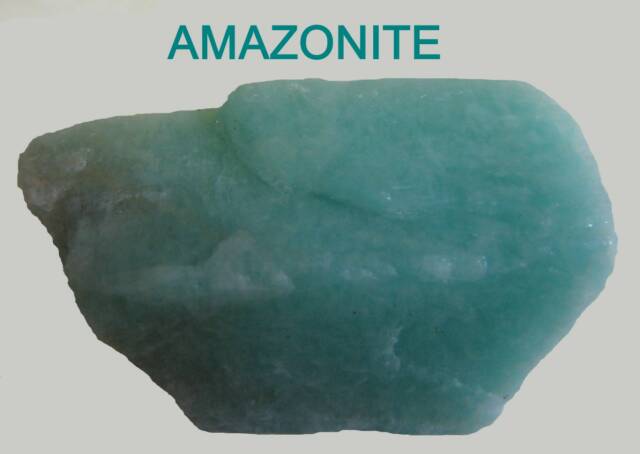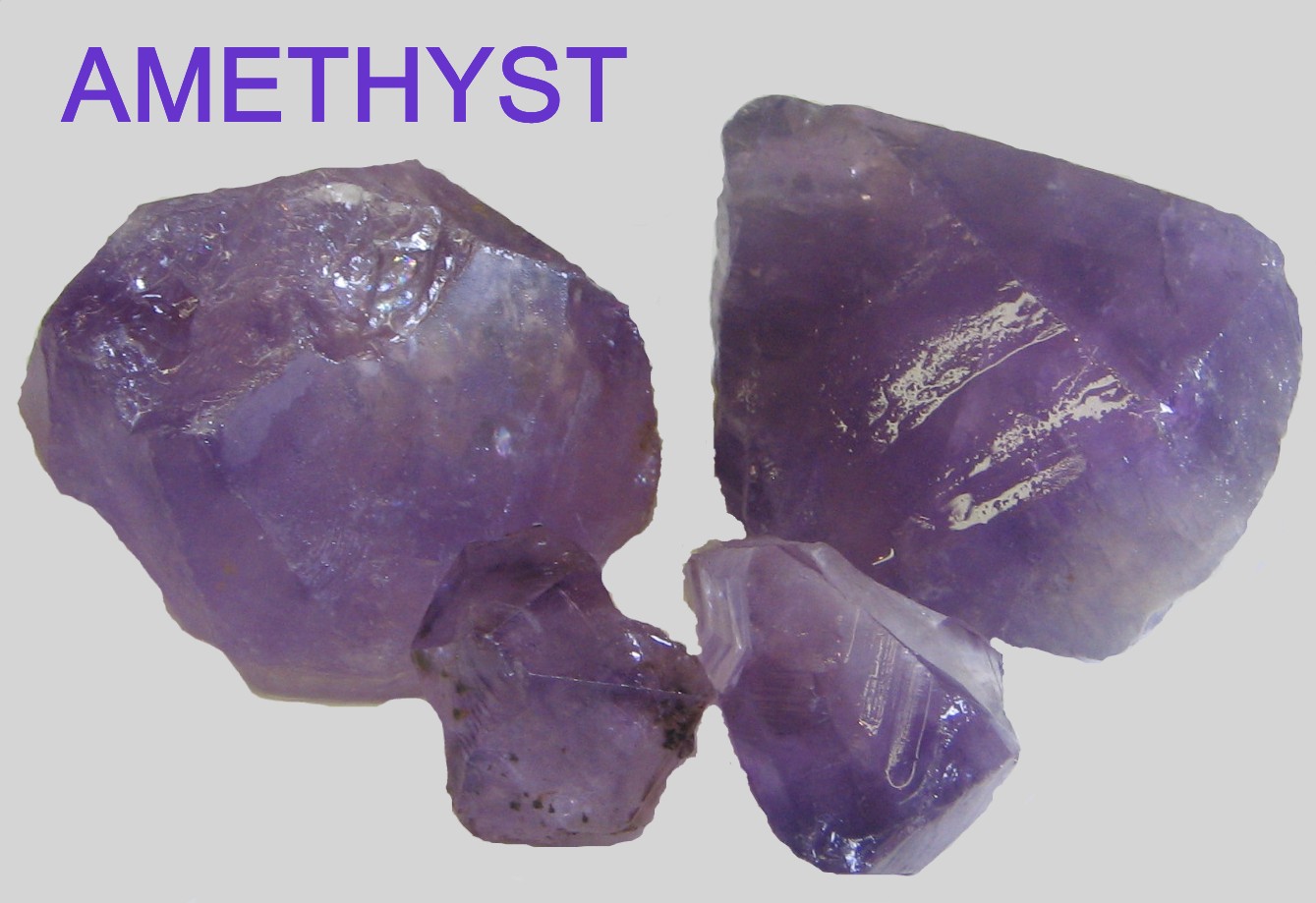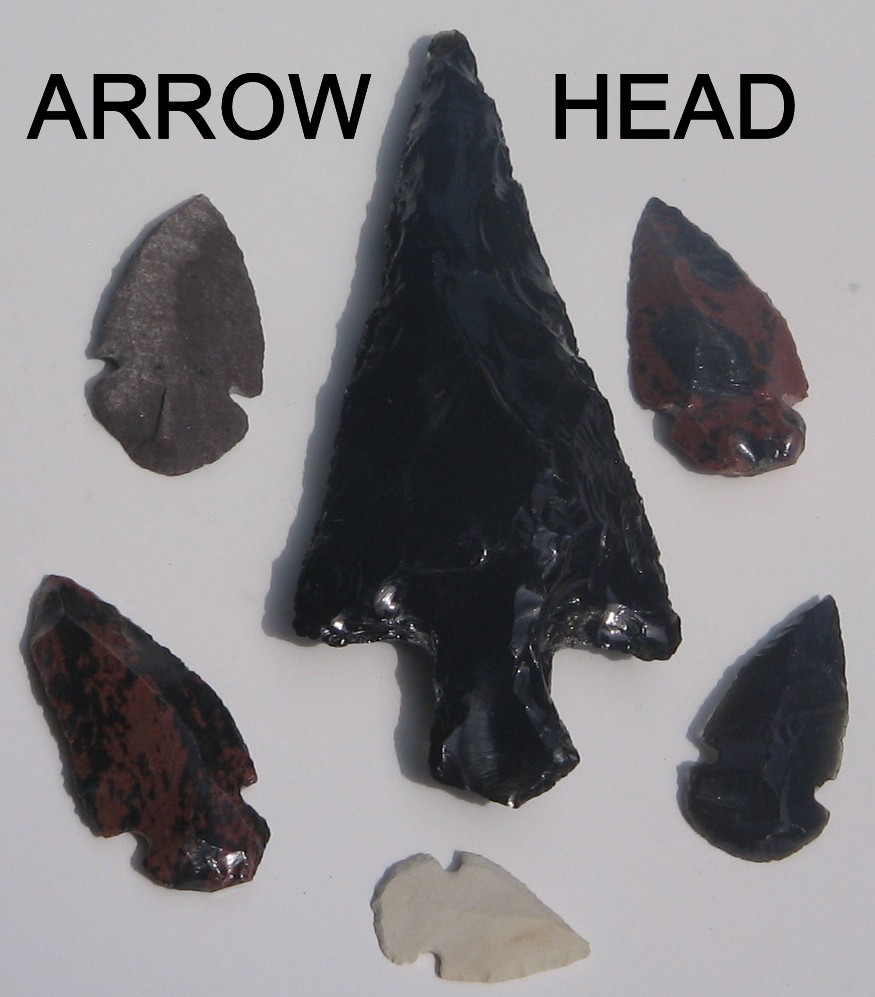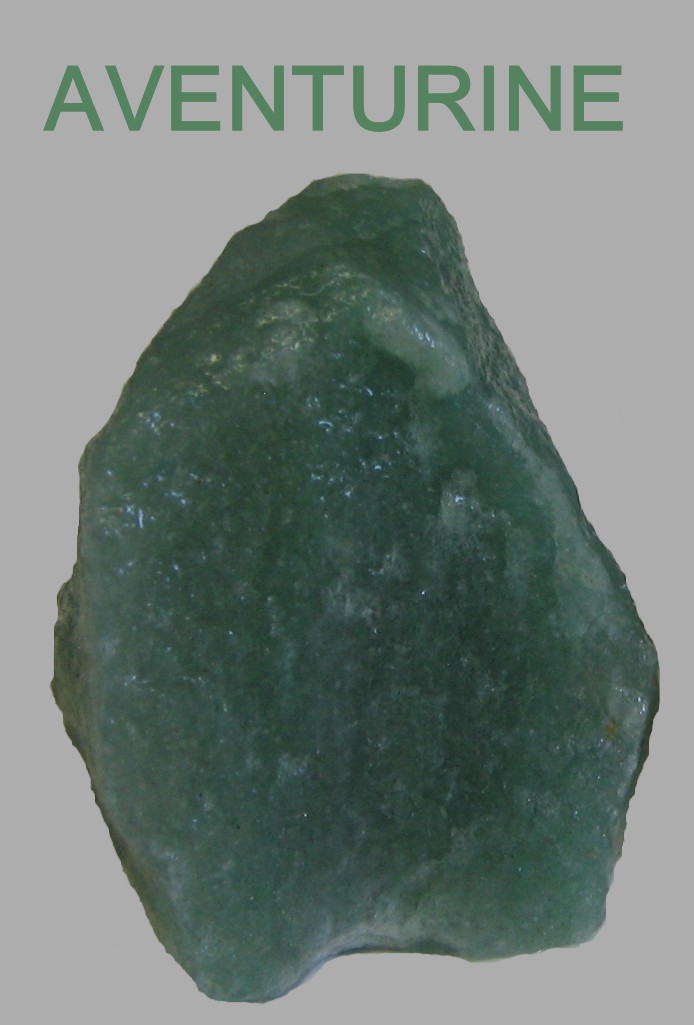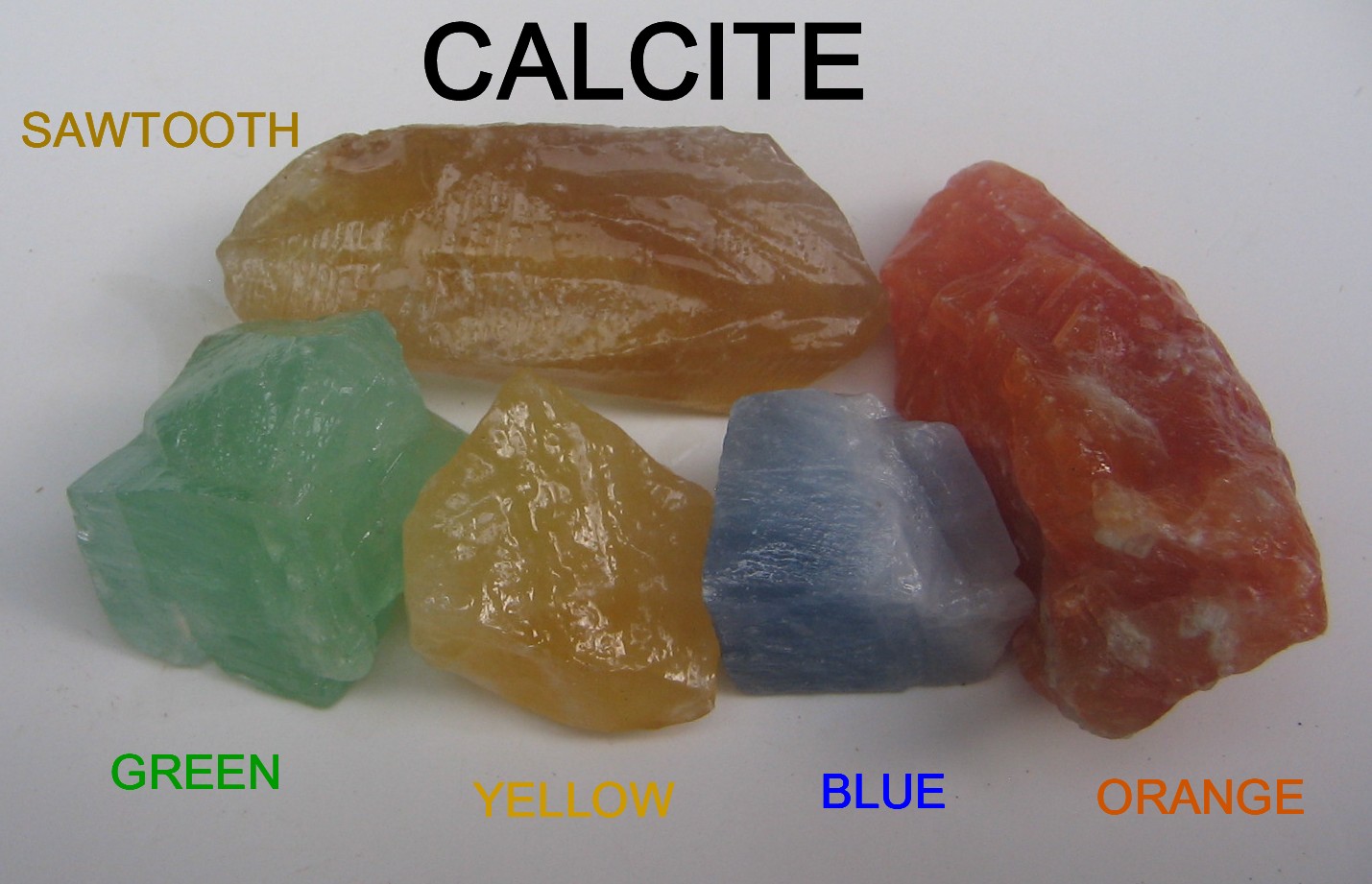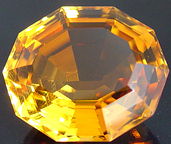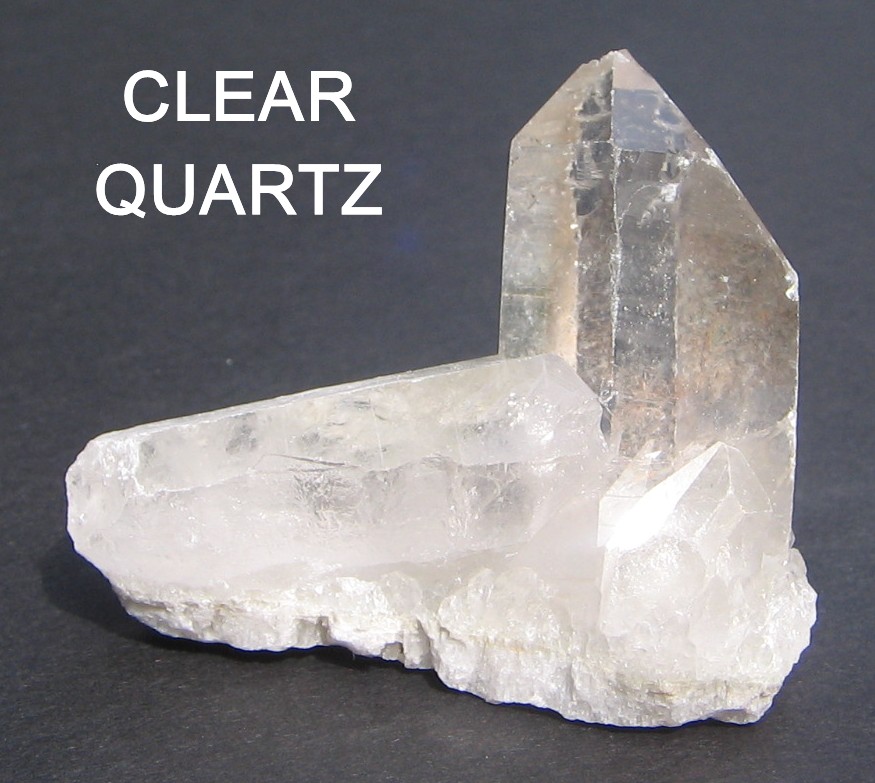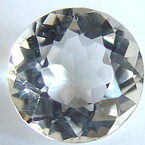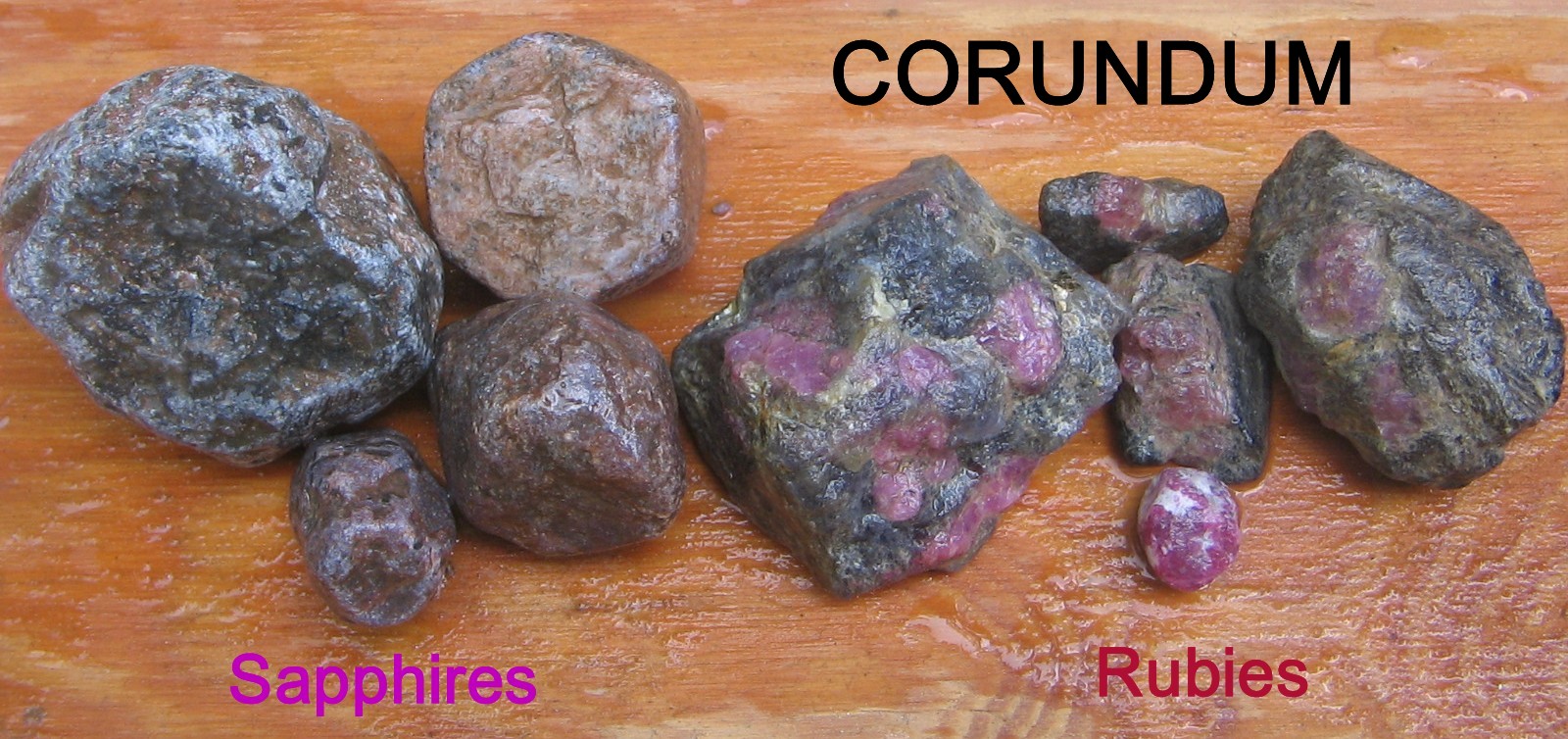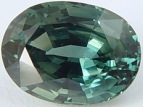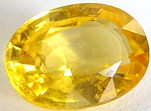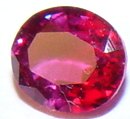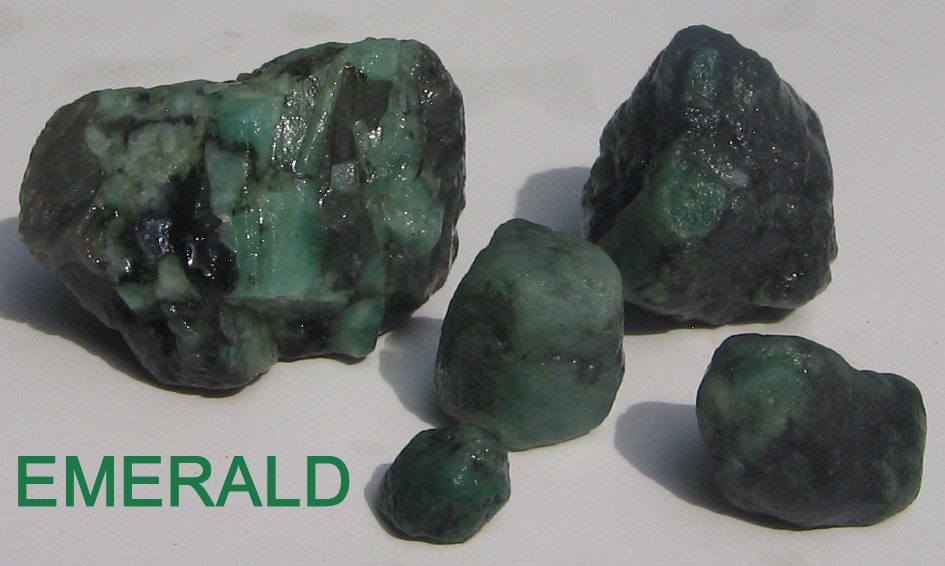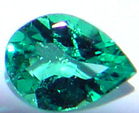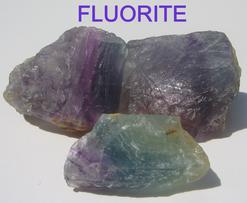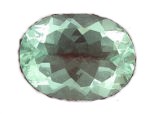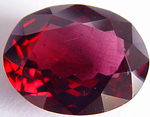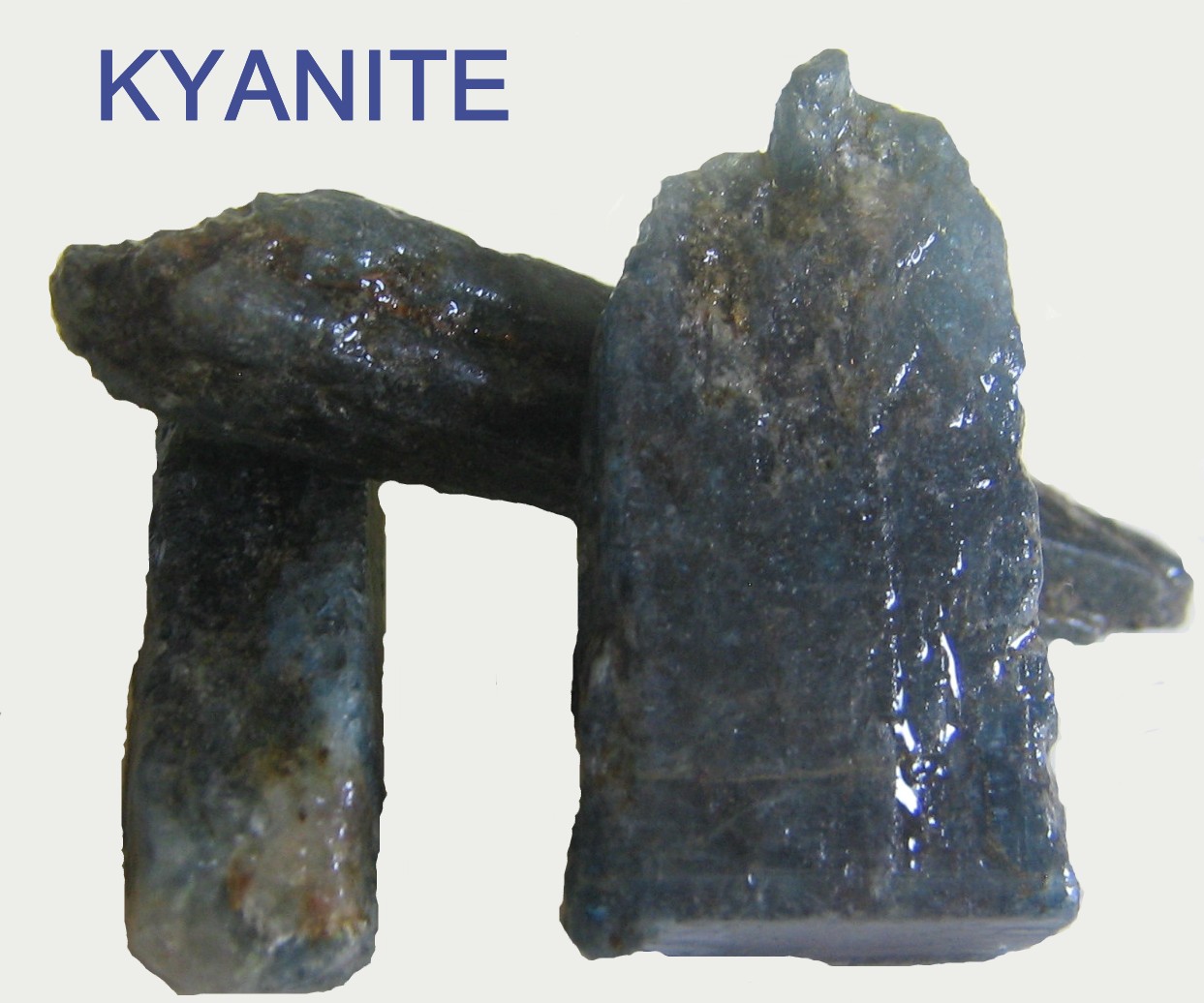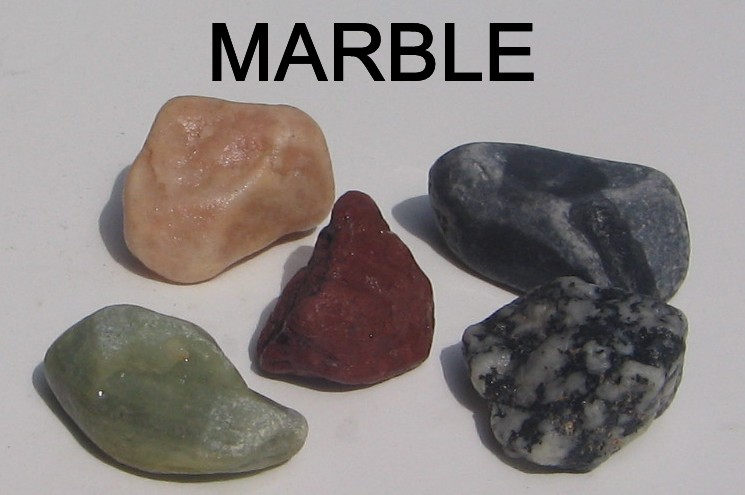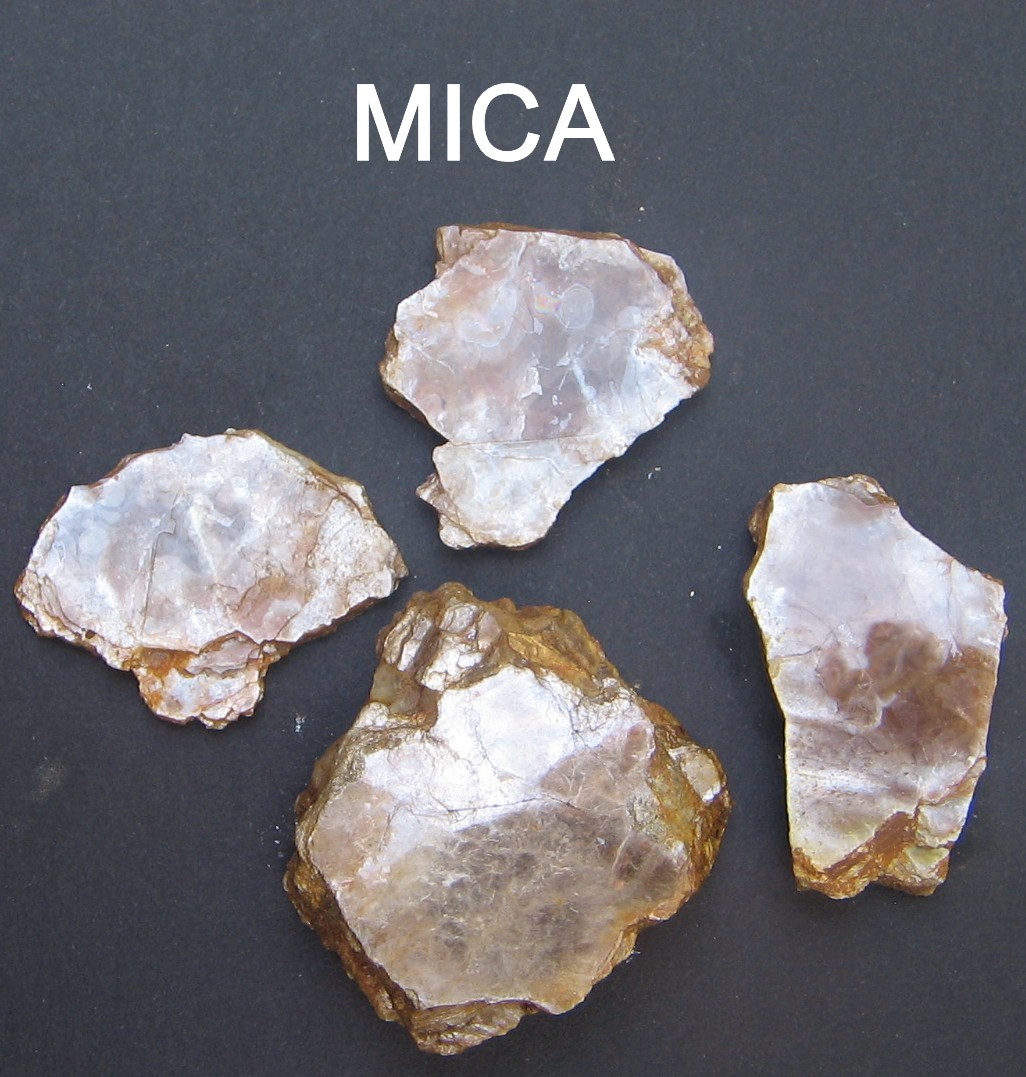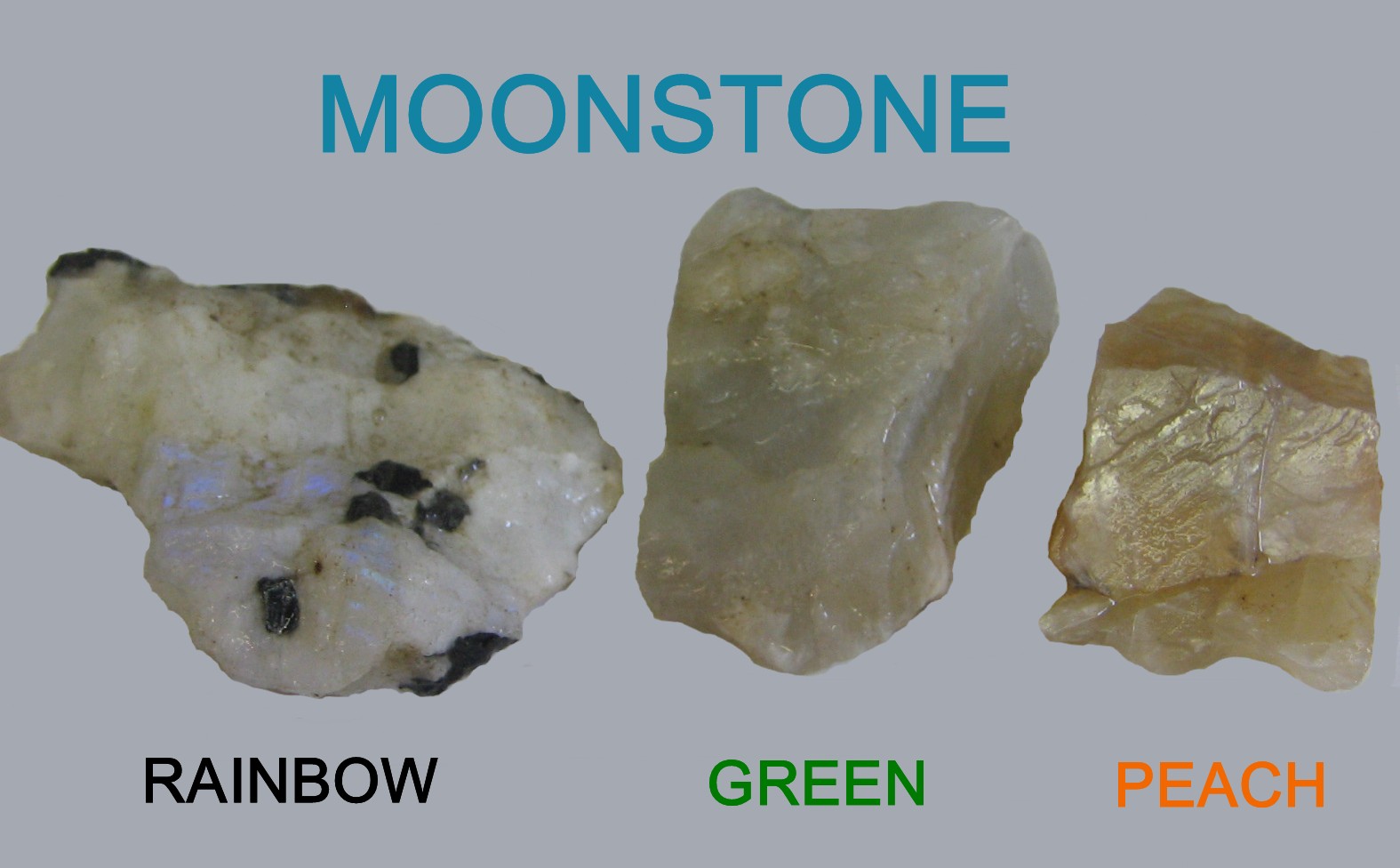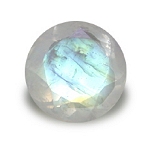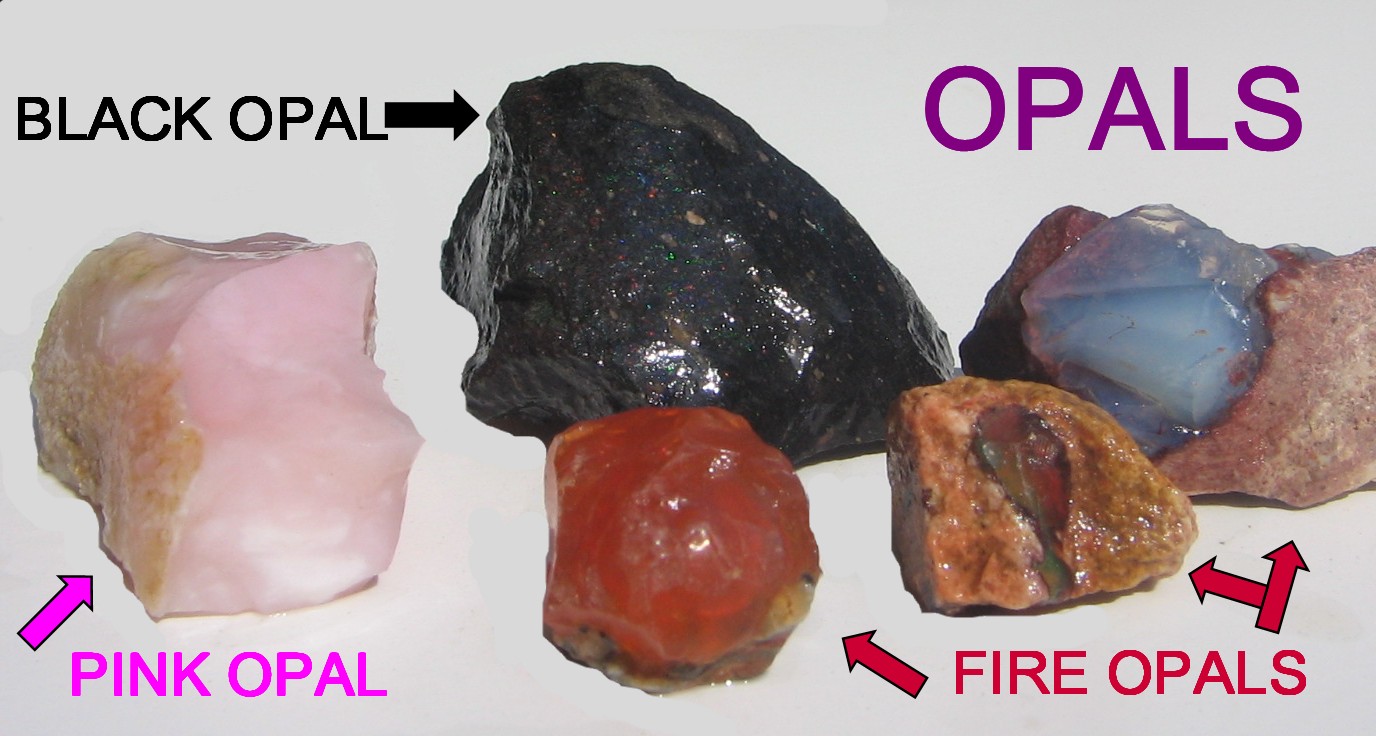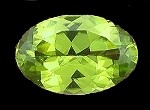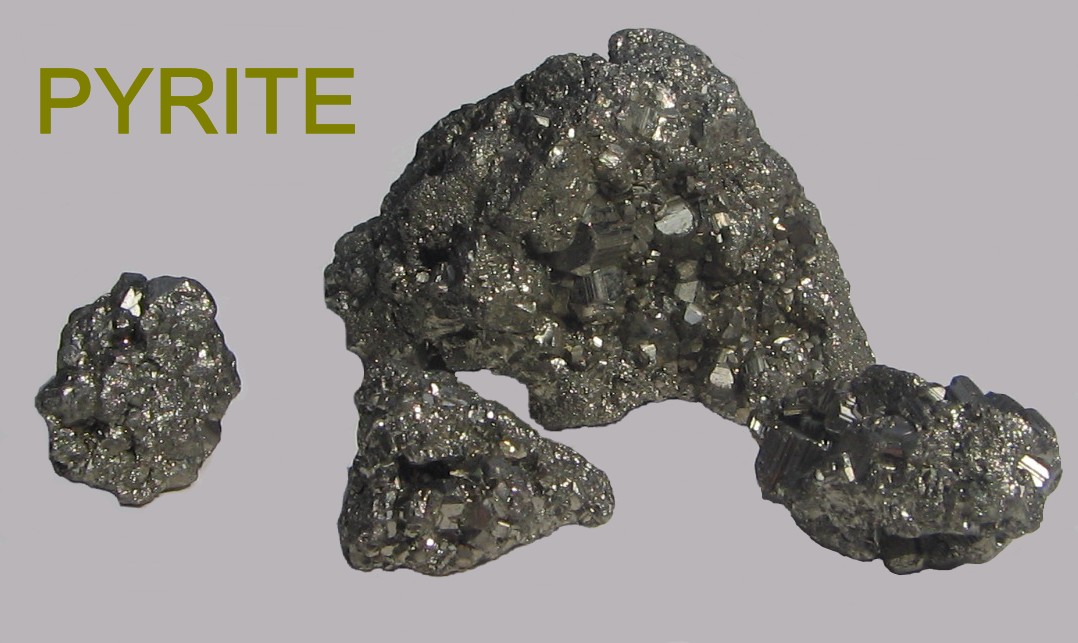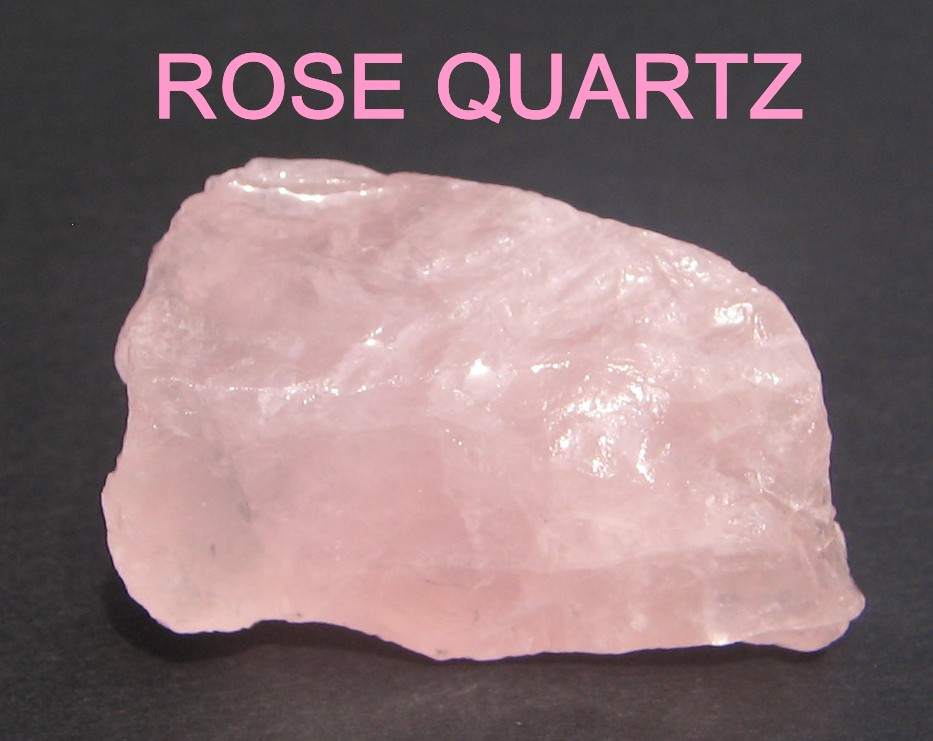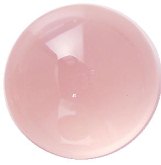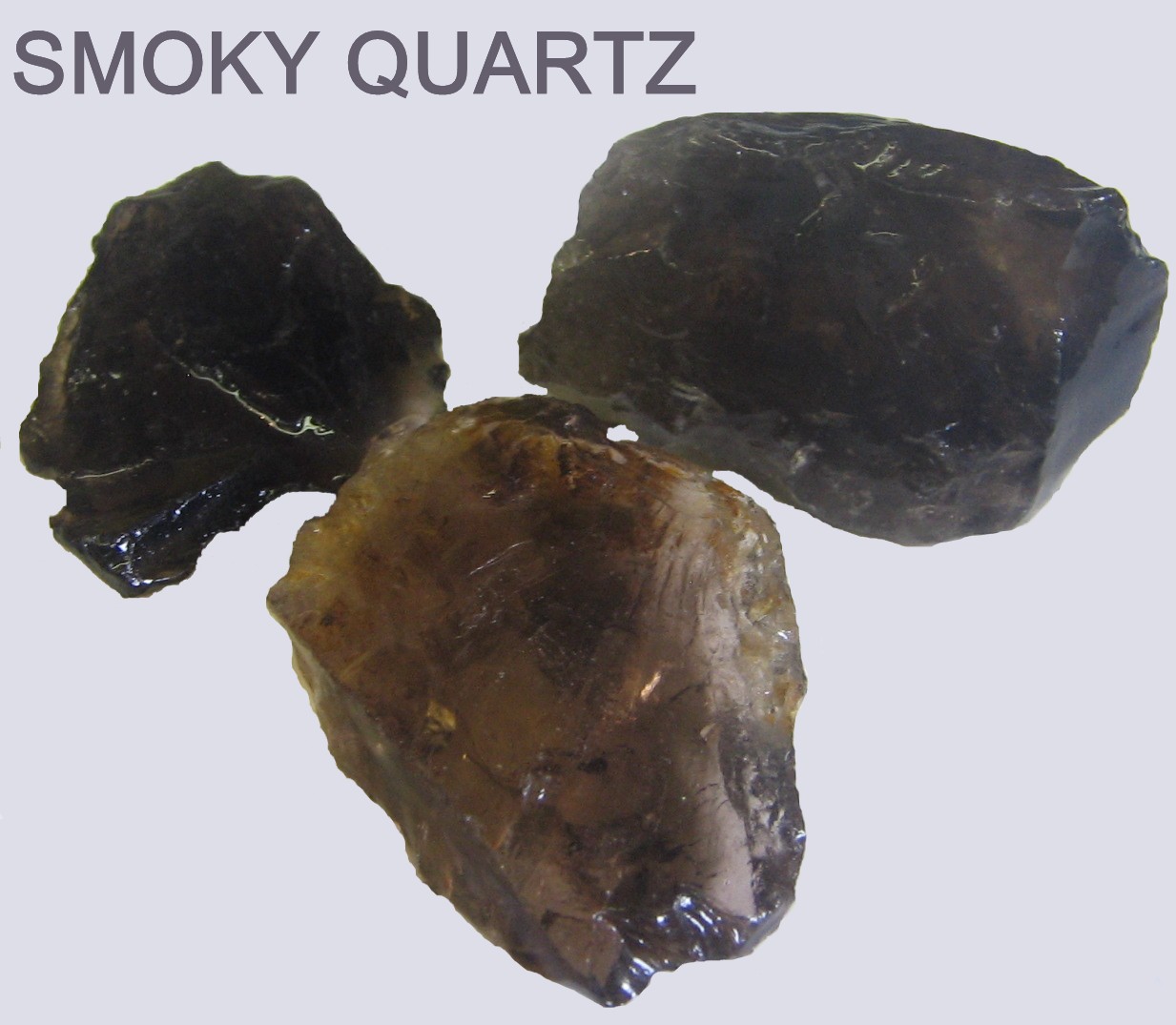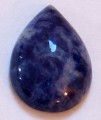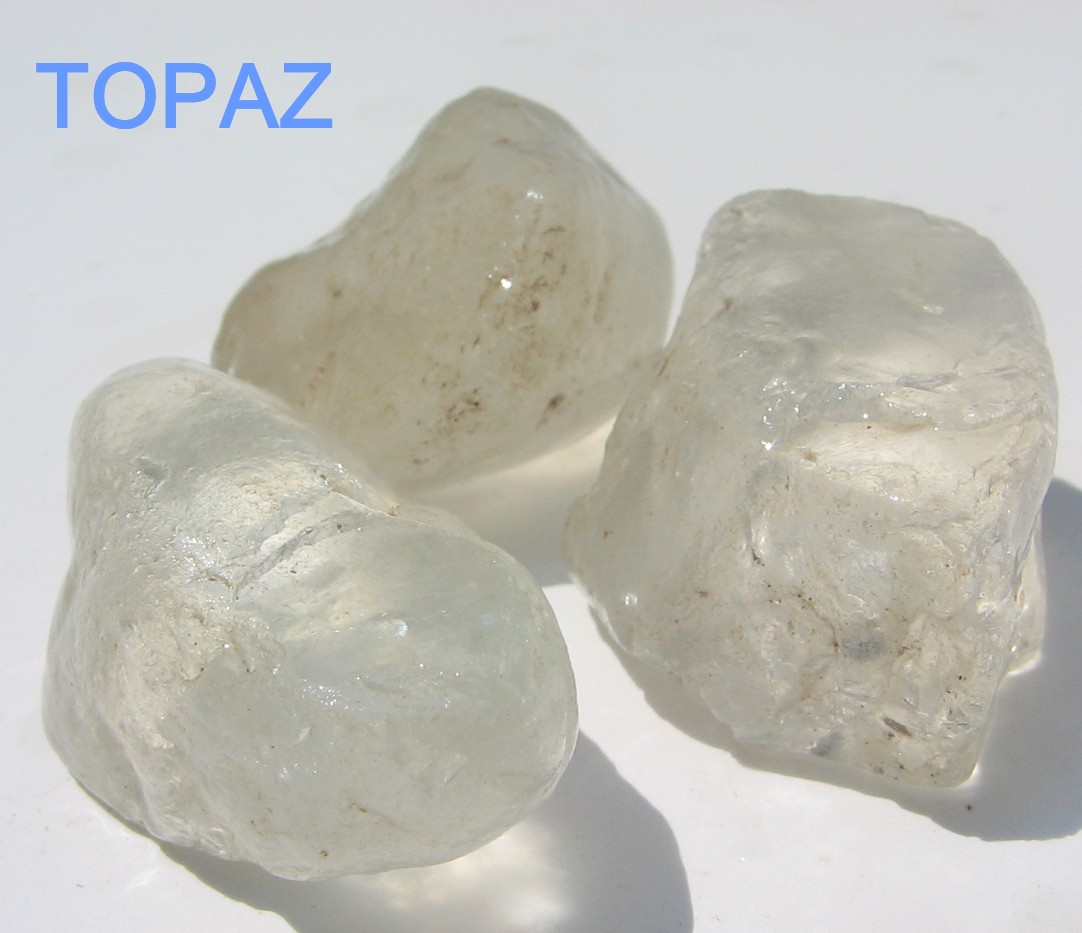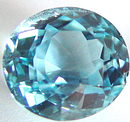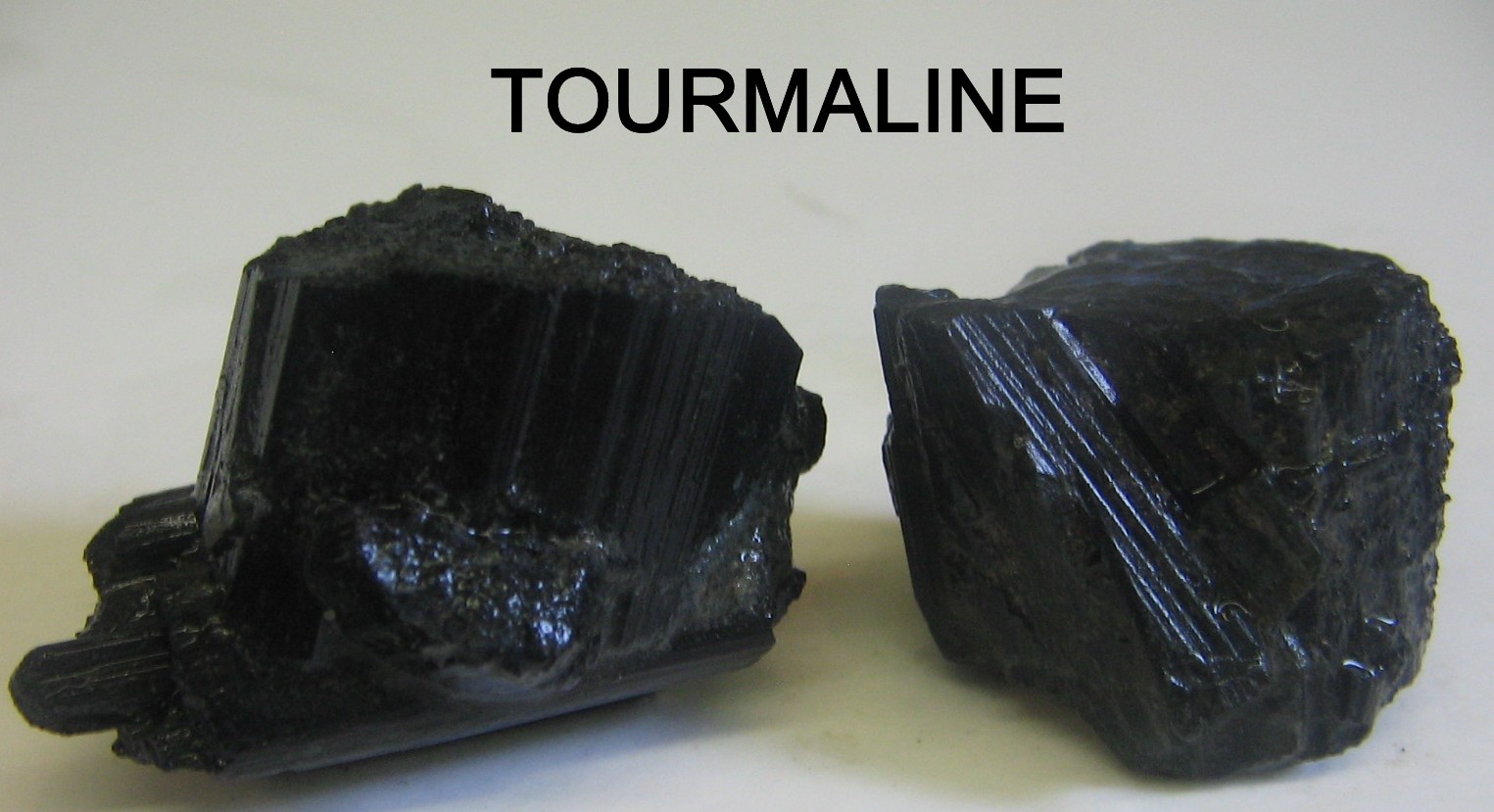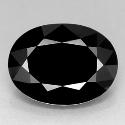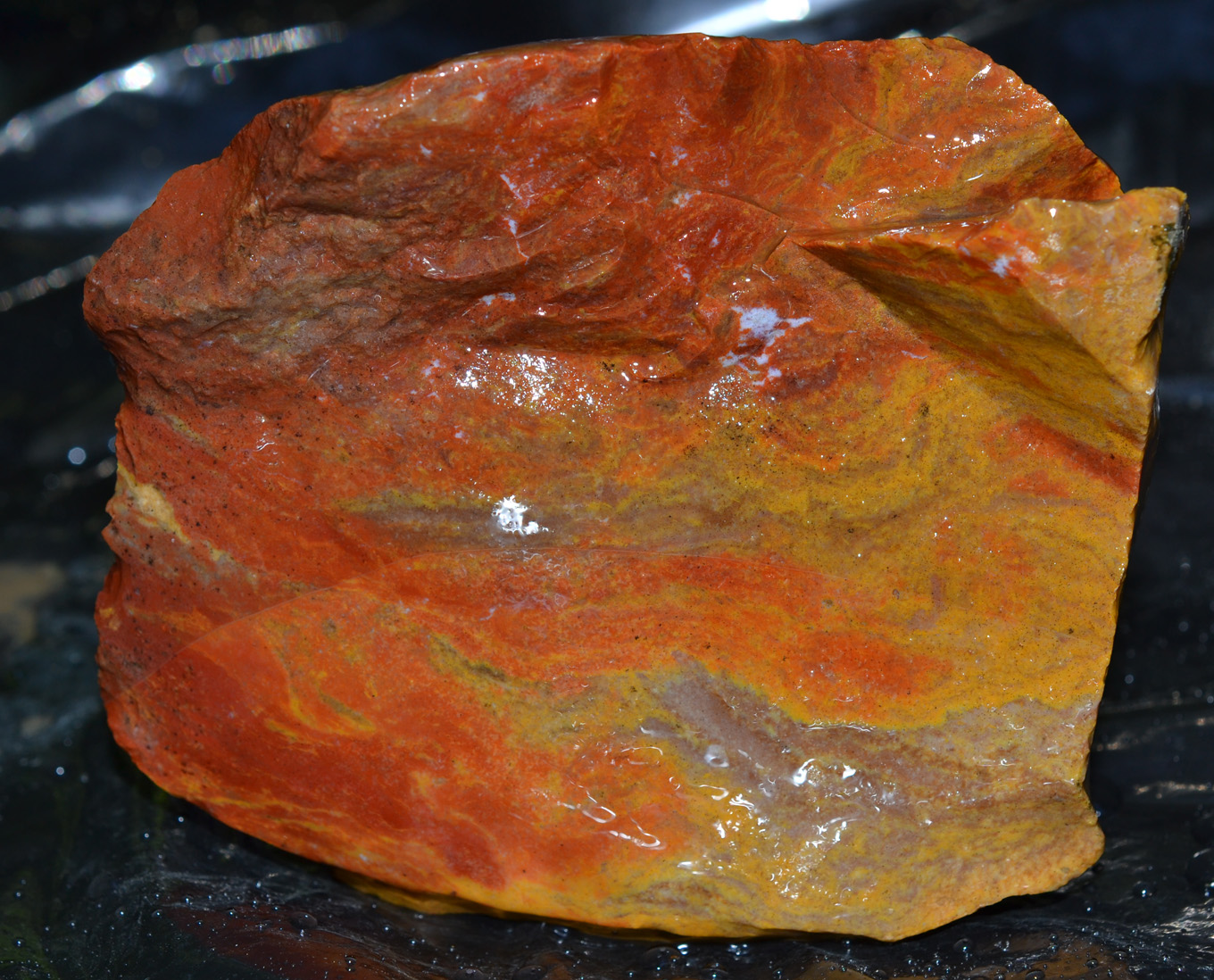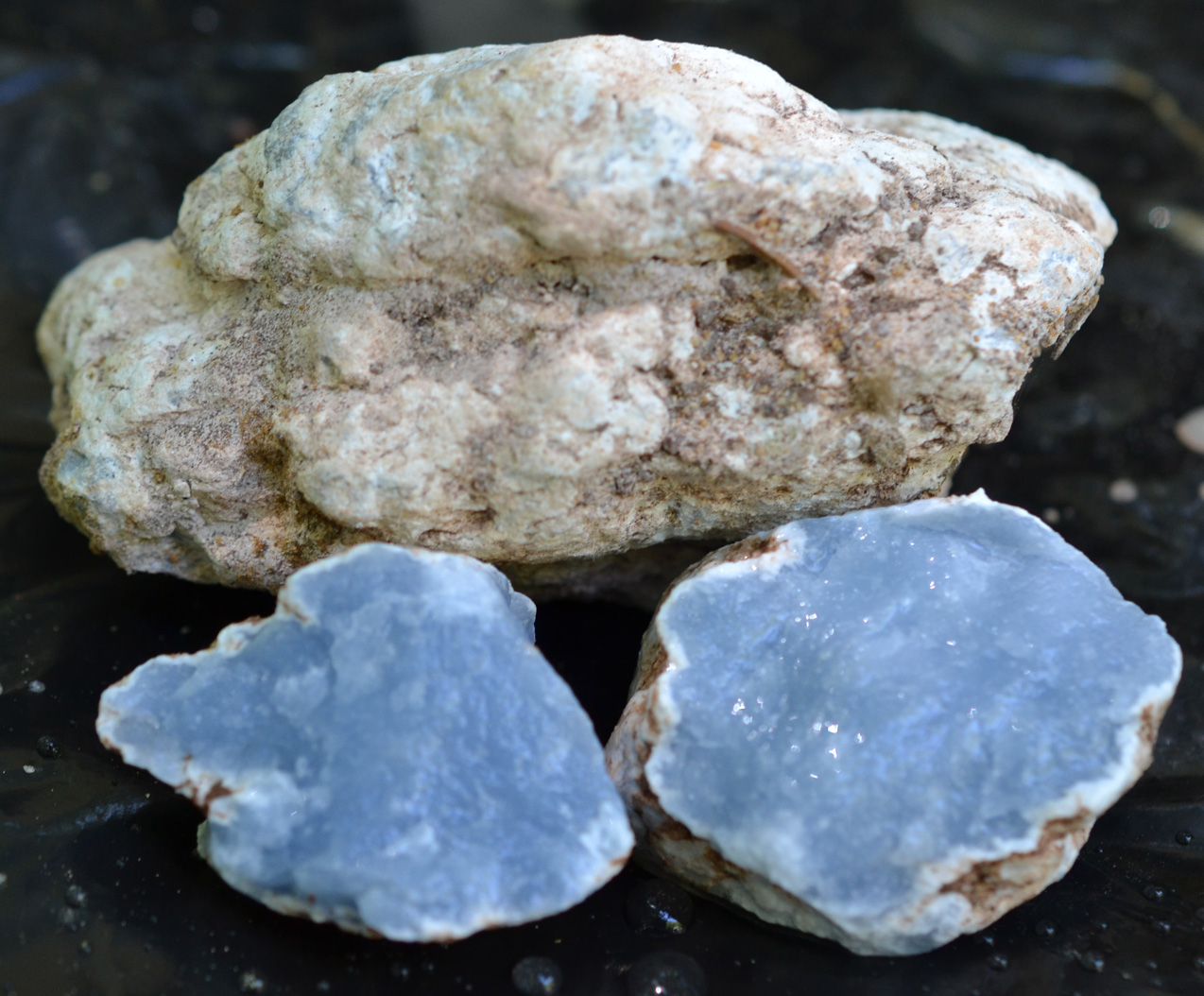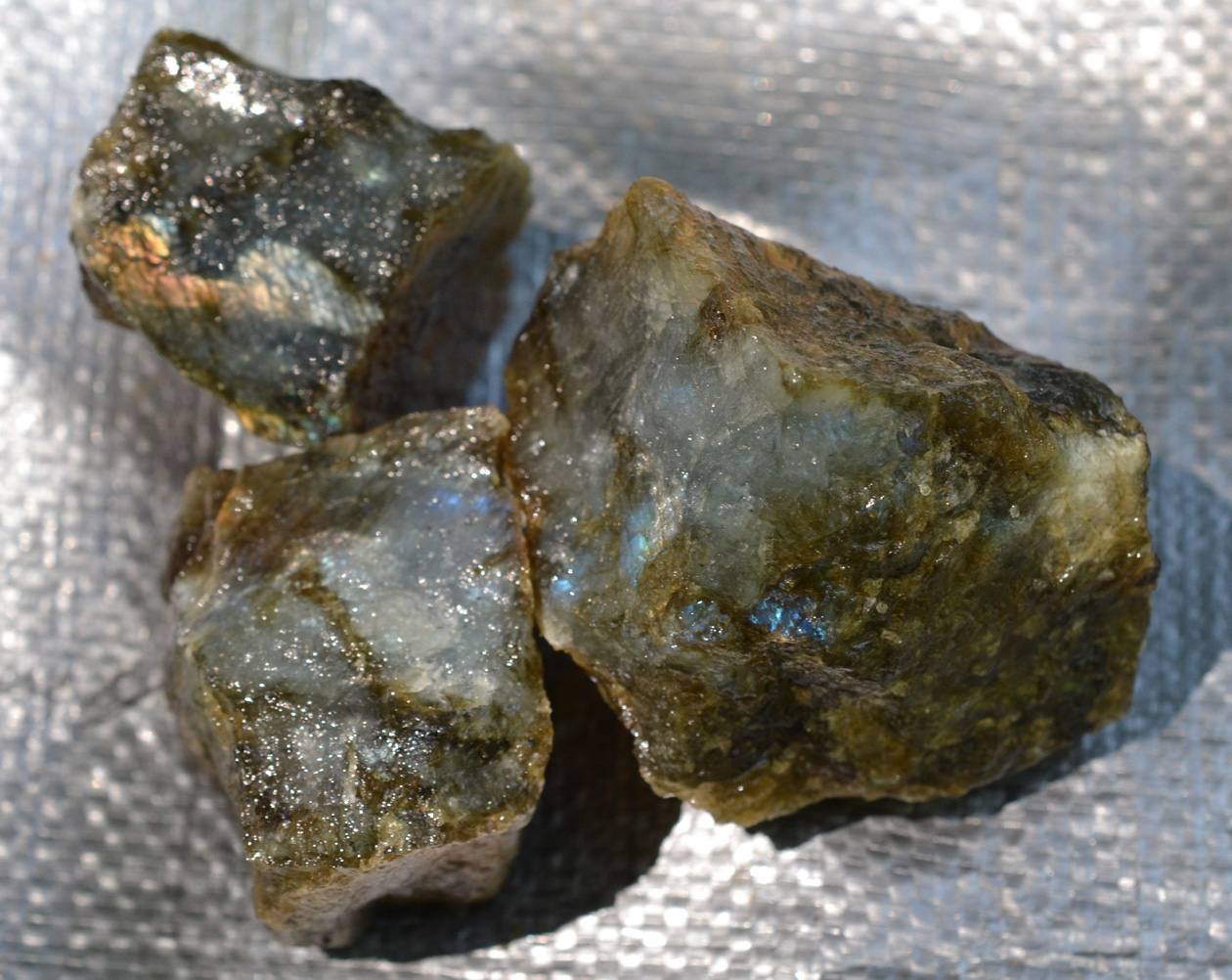Your online source for the finest enriched Gem Dirt.
Welcome to our gemstone identification page! Here you will find pictures of rough and polished or cut gemstones and/or minerals found in our enriched Gem Dirt bags. A brief description of each gemstone is also included here.
Amazonite in the rough
Amazonite polished cabochons
Amazonite is an alkali feldspar mineral, a potassium aluminum silicate. It has a hardness of 6 to 6.5 and has green or blue-green triclinic, prismatic crystals. It gets its' name from the Amazon river in Brazil. It may also be found in Colorado, India, Madagascar, Namibia, and Russia.
Amethyst in the rough
Amethyst faceted
Amethyst is a member of the quartz family. It has a hardness of 7 and has trigonal crystals. It comes in every shade of purple either naturally or irradiated. Amethyst is found in many places around the world including Brazil, Bolivia, Mexico, Africa, Canada, Russia, Europe, and the United States.
These arrow heads found in our products are made just like the Indians made them hundreds of years ago. They are made of Obsidian, Flint, Slate, and Jasper.
Aventurine in the rough
Aventurine polished cabochons
Aventurine is a member of the quartz family with a hardness of 7. It is a silicon dioxide mineral with trigonal (hexagonal) structure and is crypto-crystalline. The name comes from the Italian words 'a ventura', which was a type of glass discovered around the 1700's. Aventurine is very similar in iridescence and markings to the 'a ventura' glass. Aventurine is found in major deposites in Russia, India, and Brazil.
Calcite is a calcium carbonate mineral that is one of the most abundant crystals on Earth. With a hardness of 3 it is found in various forms and colors. Calcite crystals are found on every continent, but large deposties are found in Mexico. The sawtooth calcite is rare and found in Florida. Calcite is usually made into cabochons or wired wrapped for jewelery.
Calcite in the rough
Citrine is a member of the quartz family and is a silicon dioxide mineral. It has a hardness of 7 and has a trigonal crystal system. Citrine can be found in any shade of yellow through deep amber, almost orange in color. The name is derived from the French word citron which means lemon. Citrine deposites are found in Brazil, Africa, Madagascar, Spain, Russia, France, Scotland, and the United States.
Citrine in the rough
Citrine faceted
Clear Quartz is a silicon dioxide crystal. It has a hardness of 7 and a trigonal (hexagonal) crystal system. Quartz crystal are the most abundant mineral on Earth and can be found on every continent and almost every country. Clear Quartz is named from the Greek "ice" as some thought that Clear Quartz was frozen in water so hard that it could never thaw.
Clear Quartz crystal in the rough
Clear Quartz faceted
Rubies and Sapphires are varieties of Corundum. They are an aluminum oxide with a hardness of 9. They have a trigonal (hexagonal) crystal structure. All colors of Corundum are Sapphires except red which is Ruby. Corundum was and still is used as an abrasive because of its hardness, second only to diamond. Rubies & Sapphires are found in India, Sri Lanka, Cambodia, Thailand, Madagascar, Tanzania, Pakistan, Afghanistan, East Africa, Australia, Brazil, and the United States.
Sapphires and Rubies in the rough
Violet Sapphire
Green Sapphire
Blue Sapphire
Yellow Sapphire
Blue Star Sapphire cabochon
Star Ruby cabochon
Ruby faceted
Emerald is in the Beryl family and is a beryllium aluminum silicate mineral with a hardness of 7.5 to 8. It has a trigonal (hexagonal) crystal structure. The name comes from the Greek smaragdos, which means 'green stone'. Emeralds are found in Columbia, Brazil, Russia, Africa, and the United States.
Emerald in the rough
Emerald faceted
Fluorite is a calcium fluoride crystal. It has a hardness of 4 and grows cubic or octahedral in patterns. It is found in a variety of colors including colorless, green, purple, white, yellow, red, pink, and black. Fluorite glows vivdly under ultraviolet light and that is where it got its' name. It is found in Germany, England, China, Argentina, and the United States.
Fluorite in the rough
Fluorite faceted
Almost all Garnets are varieties of aluminum silicate. They have a hardness of 6.5 to 7.5 and varying crystal structures. Garnets have six types : Rhodolite, Almandine, Spessartine, Grossular, Andradite, and Uvarovite. The name Garnet comes from the Latin word granatum, which meant 'pomegranate". Garnet varieties can be found in Africa, Sri Lanka, Brazil, Madagascar, Sweden, Mexico, Greenland, and the United States.
Rhodolite Garnet in the rough
Rhodolite Garnet faceted
Kyanite is a aluminum silicate mineral. The hardness measured along the crystal axis is 4.5. The hardness measured across the crystal is 6 to 7. It has a triclinic crystal structure and its' flat, blade-like crystals come in colors ranging from blue, indigo, green, black, to pink, white, yellow or gray. It is found in Brazil, South Africa, Switzerland, Burma, Kenya, Mexico, and the United States.
Kyanite blade-like crystals in the rough
Kyanite faceted
Marble is a crystalline rock composed predominantly of calcite, dolomite or serpentine minerals. It has a hardness of 3-4. The colors of Marble vary depending on the impurities within the marble. Impurities may cause the marbel to be green, red, blue, yellow, etc. The highest grade calcite Marble is pure white. Marble containing hematite is red. Marble containing serpentine is green. Marble containing Limonite is yellow. Marble polishes very easily and is used for countertops, statues, carvings, building columns, wall pieces, stairs, and flooring.
Mica is a mineral having perfect basal cleavage and is capable of splitting into thin laminae called mica. Chemically they contain complex silicate of aluminium and alkalies with hydroxyl. They crystallize in a monoclinic system. Some varieties may contain iron, magnesium, lithium and rarely fluorine, barium, manganese and vandium. Mica pegmatites have been found to occur in various shapes and sizes mostly occuring as lenses. Muscovite is the most common of all forms of Mica. Sheet mica is used in a number of electrical and electronic appliances in different shapes and sizes. Muscovite is a common mineral found all over the world. The word muscovite comes from an old Russian word for a kind of glass which is Muscovy-glass, and was derived from the Latin word micare, meaning to shine.
Marble in various colors in the rough
Muscovite Mica pieces
Moonstone is a potassium aluminum silicate feldspar mineral. It has a hardness of 6 to 6.5 and forms monoclinic and prismatic crystals. It is named after the blue-white sheen the moon produces. It is found in Sri Lanka, Madagascar, Burma, Australia, India, and the United States.
Moonstone in the rough
Moonstone cabochon
Rainbow Moonstone
faceted
Opals are hydrated silica materials whose hardness is 5.5 to 6.5. Submicroscopic silica spheres bond together with water and additional silica to form Opals. Some Opals display "fire" which is a play of colors caused by minute silica spheres being packed in a formation regular enough to cause light diffraction. The Latin opalus and the Sanskrit upala gave birth to the name Opal. Opals are found in Mexico, Australia, Peru, Brazil, Guatemala, Honduras, Japan, Turkey, and the United States.
Rough Opal and Opal in Matrix
Opal cabochon
Meixcan Fire Opal
faceted
Meixcan Fire Opal
faceted
Peridot is a magnesium iron silicate mineral. It has a hardness of 7 and has a orthorhombic crystal structure. Peridot is called by three names, Peridot, Chrysolith and Olivin. Peridot is derived from Greek word "Peridona," which mean "giving plenty." The word "Chrysolith" means "goldstone" in Greek.
Peridot in the rough
Peridot faceted
Pyrite is an iron sulfide mineral. It has a hardness of 6 to 6.5 with a cubic, pyritohedral, or octahedral crystal pattern. Pyrite is also known by its' nickname 'fool's gold' as it resembles large nuggets of gold. The name Pyrite is derived from the Greek words pyrites lithos which means 'stone which strikes fire'. Pyrite is found all over the world, but large deposites are found in Italy, Spain, and Peru.
Jasper is a silicon dioxide member of the Quartz family. It has a hardness of 6.5 to 7 and has trigonal (hexagonal) crystal patterns. Jasper is named from a Greek word meaning 'spotted stone'. Jasper can contain up to 20% foreign materials which can give it varying colors. Jasper is found all over the world.
Rooster Tail Jasper in the rough
Red Jasper cabochon
Rose Quartz is a silicon dioxide crystal and member of the Quartz family. It has a hardness of 7 and a trigonal (hexagonal) crystal system. Rose Quartz is found in Brazil, Madagascar, India, and in the United States. Rose Quartz is often carved and cut in cabochons.
Rose Quartz in the rough
Rose Quartz cabochon
Smoky Quartz is a silicon dioxide member of the Quartz family. It has a hardness of 7 and trigonal (hexagonal) crystal patterns. Smoky Quartz is Clear Quartz that has been naturally irradiated, giving it the 'smoky' color. It is found in many countries including Brazil, Australia, Madagascar, Switzerland, and the United States.
Smoky Quartz in the rough
Smoky Quartz faceted
Sodalite is a chloric sodium aluminum silicate. It has a hardness of 5.5 to 6 and has an isometric crystal system formed of rhombic dodecahdrans. The name Sodalite refers to its' sodium content. It can be found in Brazil, Canada, Namibia, India, and the United States.
Sodalite in the rough
Sodalite cabochon
Topaz is an aluminum silicate fluoride hydroxide crystal. It has a hardness of 8 and has an orthorhoimbic crystal structure. The name Topaz is derived from the word topazos which is also the name of an island in the Red Sea, but Peridot is found on that island, not Topaz. Topaz comes in gold, blue, pink, brown, orange, and clear colors, and is often irradiated to get a blue color.
Topaz in the rough
Topaz faceted
Tourmaline is a complex borosilicate. It has a hardness of 7 to 7.5 and a trigonal (hexagonal) crystal system. Black Tourmaline is also know as Schorl. Tourmaline has the widest array of colors of any gemstone and can be found in Brazil, Pakistan, Africa, Afghanistan, and the United States.
Black Tourmaline in the rough
Black Tourmaline faceted
The rough Gemstones you see here are the same kinds found in our bags of enriched Gem Dirt. Use this page as a reference after you have "mined" your Gem Dirt from Gem Mine Online.
If you have any questions drop me an email and I will be glad to answer your questions.
The information provided here is intended to be used as reference for products sold by Gem Mine Online only. No un-authorized reproduction of this material is allowed. Hardness referenced here is based on Moh's scale.
NEW ADDITIONS !
STONE INFO TO COME SOON !
Blue Angelite (Celsetite)
Labradorite
Potato Geode
